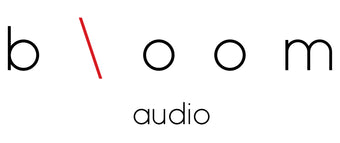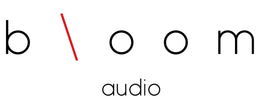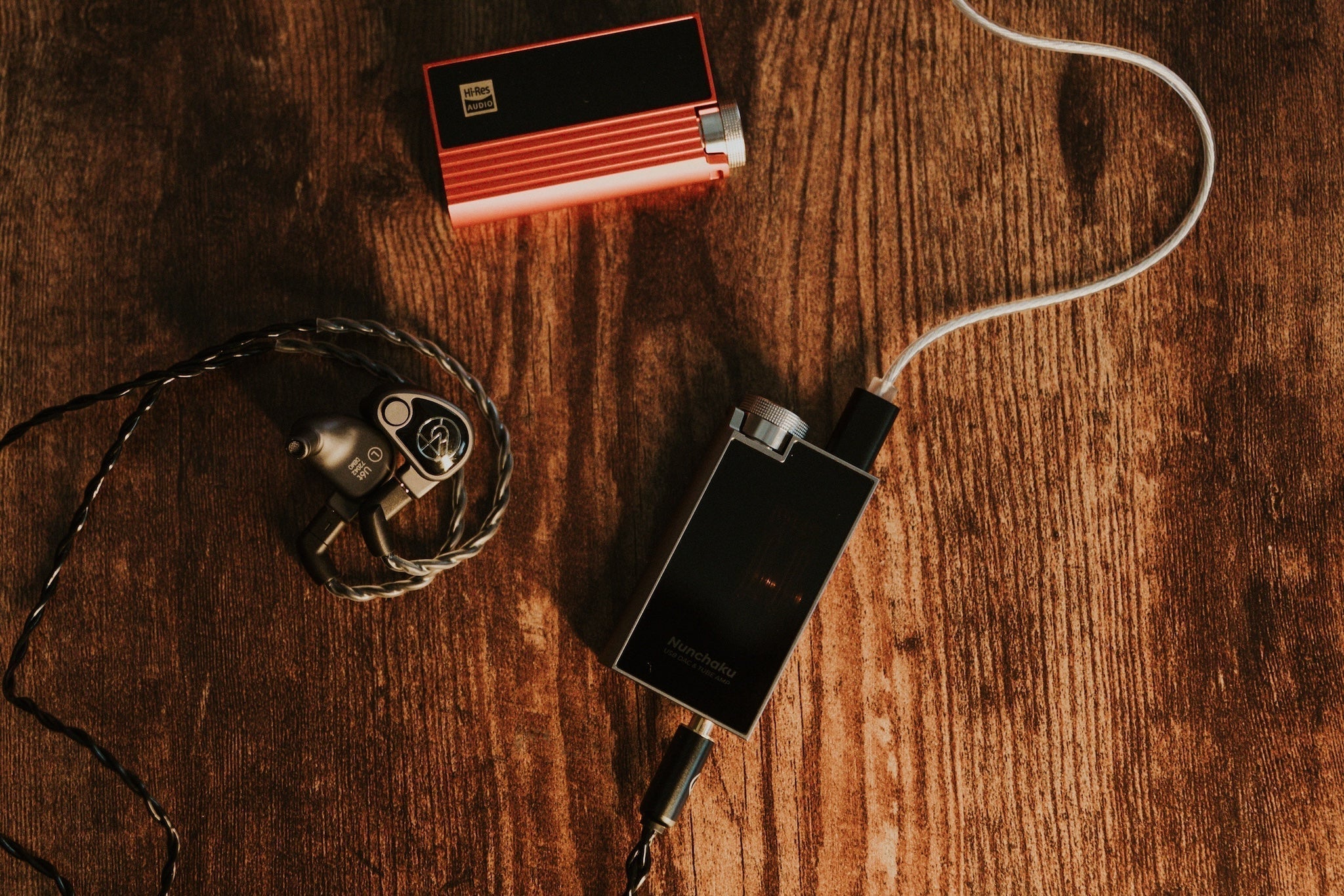As much as audiophiles want to bring them together, tubes and portable audio don’t often make for a great match. Among the key advantages of solid state transistors over valve designs are smaller size and resistance to noise and outside interference, but that doesn’t keep people from trying to create a better portable tube option. iBasso has featured tubes as an option for some of their flagship portable DAPs, and with Nunchaku, they aim to achieve audio alchemy with their first pocketable DAC/Amp to use tube amplification. Does it offer a genuine tube experience, and how does it stack up to their solid state portable DAC offerings?
Build and Design
Nunchaku is a relatively small, easily pocketable device, with an aluminum chassis and a dark translucent pane on each side. If you’ve handled the iBasso DC-Elite, Nunchaku uses the same chassis, but with a number of key changes to the design. The window on the back of the device lets you peek at the tube glow, while on the front, there’s a screen visible when the device is plugged in. While DC-Elite featured fully analog volume control with a stepped attenuator, Nunchaku uses a more standard digital volume control, and you can press in on the button to access several device features.
The input to the device is USB-C and Nunchaku includes USB-C to USB-C and Lightning OTG cables. You can output to 3.5mm single-ended or 4.4mm balanced headphones, and it also has an S/PDIF output mode with a mini digital coax connection which allows you to easily connect your phone to any number of devices that don’t have USB input. A protective leatherette case is also included in the package.
Using Nunchaku
Nunchaku sports the look of the DC-Elite, but the user interface is borrowed from iBasso DC07Pro. Like both of those DACs, Nunchaku runs off your phone or computer’s battery power, and won’t light up or respond unless it’s plugged in. Once it’s plugged in, you can press the volume wheel button to display the volume, current configuration, and the bitrate information for the audio currently playing. Give the button a long press and you’ll have a number of configuration options available. In the menu, you can set the DAC filter, activate the HP (High Pass) Filter, set the Gain, adjust L/R Balance, activate S/PDIF mode, switch between Tube and Solid State A/B amp mode, and configure screen and volume wheel behavior.
There are five DAC filter options available for the dual Cirrus Logic CS43198 DACs: Fast, Slow, NOS, LL/F, and LL/S. Each filter will have some differences in the sound signature and response with LL/F and Fast typically sounding more crisp and LL/S and Slow being a little smoother. The HP Filter will attenuate very low frequencies and is really only recommended for classical music or older recordings which don’t have any actual musical information in the lower bass. Using it with more modern genres and recordings will reduce the subbass and make the overall sound signature brighter.
Tube mode is the real draw here, but you may want to use the solid state option from time to time. When using tube mode, the device has a higher noise floor, and you may experience a ringing sound in your headphone if Nunchaku is hit or jostled. Typically the ringing sound will not occur while music is playing, but if you’re going to move around a lot while listening, you may want to switch the A/B mode.
When used with a phone, you should expect Nunchaku to cause a noticeable additional drain on your battery. I’d recommend using a product like the iBasso CB19 to do passthrough charging if you plan on using it with your phone for extended periods of time. Nunchaku is probably best suited for use with a laptop computer where you can appreciate the portability, but don’t have to worry as much about the battery life.
Sound and Comparison
To achieve portable tube sound, Nunchaku uses two Raytheon JAN6418 tubes. While the JAN6418 is used in many tube products, it doesn't always fully replicate the character of tubes in a full-sized tube amp. Nunchaku gets just about as much tube goodness as you could ask for though, offering that sense of smoothness to the highs, along with the subtle warmth, lifelike vocals, and natural timbre associated with tubes. In solid state mode, the output is similar to iBasso DX170, offering a clean, reference sound, with just a little bit of extra thickness to the sound.
Nunchaku works well with a pretty good variety of headphones and IEMs, but you can expect some background noise with many IEMs. It performs quite well with even some harder to drive headphones, though I wouldn’t consider it a proper solution for moderately hard to headphones like the HIFIMAN HE1000SE or Dan Clark Audio E3.
For $100 less, you can get the iBasso DC07Pro, a more compact DAC with a similar CS43198 DAC setup (the DC07Pro actually has 4x instead of 2x in the Nunchaku). Switching from DC07Pro to Nunchaku, I noticed that the sound immediately became more lifelike with a better sense of separation and space, more natural timbre, and more holographic feeling in imaging. However, DC07Pro performed noticeably better with sensitive IEMs, offering a black background, where Nunchaku would more often have a low background hiss.
DC-Elite is iBasso’s flagship ultra-portable DAC and has less features, but every component is designed to maximize the sound quality and performance. DC-Elite delivers more detail and clarity with stronger. The bass is similar between DC-Elite and Nunchaku, with similar bass extension and Nunchaku having an edge in the midbass punch, but DC-Elite has a little more texture to the bass and detail in low end. DC-Elite also seems to have an even bigger draw on the connected device’s battery but also more output power for over-ear headphones.
The Bottom Line
Nunchaku won’t be the perfect portable DAC for everyone. If you plan on using it on the move and want a pristine listening experience with 0 background noise, tubes probably aren’t going to work for you, and an option like DC07Pro or Cayin RU7 will likely be a better fit. However, if you’re okay with the downsides of tube devices – or you plan on using it with a laptop or desktop computer where those downsides will be much less apparent – iBasso Nunchaku is quite possibly the best portable tube device at this price point on the market.










